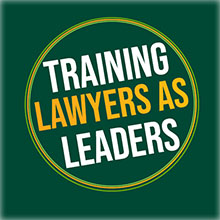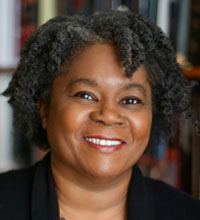
Every presentation we do on growth mindset includes part of a quote from Michael Jordan: “I’ve failed over and over and over again in my life. And that is why I succeed.” Day 6 of the ABA’s 21 day Grit and Growth Mindset Challenge looks at “The Mindset of a Champion” in which fifth grader Carson Bylow gives a 6 minute TEDxYouth Talk. The talk starts with Jordan’s full quote: “I’ve missed more than 9,000 shots in my career. I’ve lost almost 300 games. Twenty-six times I’ve been trusted to take the game-winning shot and missed. I’ve failed over and over and over again in my life. And that is why I succeed.” Bylow points out not only the failures Jordan shared but the fact that Jordan actually was cut from his high school basketball team. So, how did Michael Jordan ultimately become the G.O.A.T. (greatest of all time) in basketball? Growth mindset, grit, and dedication to outworking others.
Bylow acknowledges that he has a growth mindset in some areas and a fixed mindset in others. In his journey to a broader growth mindset, Bylow noted appreciatively a teacher who introduced him to one little three-letter word to help in his battle against fixed mindset: “yet.” Adding “yet” to any self-defeating thoughts or self-talk can change a mindset from one that is ready to give up and go home to one that is invigorated and ready to try again. “Yet” suggests that a different future is possible. “Yet” suggests a new horizon. “Yet” suggests that it is worthwhile to work harder and believe in yourself. The power of “yet” is the power to become more than you are…currently. How can you harness the power of yet when helping students become leaders?
Here is an exercise to try with your students:
Step 1: Give students one to two minutes to think of an area, skill or subject (or more than one, if time permits) where they are disappointed with their performance. You can set the stage for this by sharing one of your own past struggles. In law school, mine was writing. As an accounting major in undergraduate, I scrupulously avoided any electives that required written papers. Shameful, I know! As result, I continued to feel insecure in my writing abilities and missed the valuable opportunity to get better feedback. In fact, my law review article was so bad that my poor editor had to spend many, many long hours over an entire summer to help me get it in publishable condition. I felt worthless and guilty for the trouble I caused my editor. What experience like this can your students identify?
Step 2: Based on their thoughts about areas of weakness, instruct students to pick one or two areas that they think are important or beneficial to their future success. For each, instruct the students to complete this sentence: “I am not good at …”
Step 3: After all the students have had time to write or type one, two or three of those sentences, have them write or type “YET” in big, bold capital letters at the end of each.
Step 4: Next, ask them to assess if they really mean it—if they truly believe this weakness can be improved. If they do not immediately have a sense of hope about the prospects for improvement, have them pause and determine why they are not ready to “buy in.” Why can they not connect to the positivity that comes when recognizing they CAN get better even if they never become a G.O.A.T. Ask them to think about what they could accomplish if they focused positive energy and diligent, deliberate effort to improve. Encourage them to consider the effort as a step toward their future success.
Step 5: Finally, have them write a plan for their work. This could be a good time to introduce the SMART process for setting attainable goals. SMART stands for “Specific, Measurable, Achievable, Realistic, and Timely” and is discussed in Chapter 9, Setting Goals of Fundamentals of Lawyer Leadership.
Carson Bylow shared, “Coaches and professional scouts look for athletes who don’t just have skill. They want someone who wants to learn, is coachable, and will give 100% effort in practices. … What they don’t want is someone who thinks they are already good enough, they don’t need to learn, and are not coachable.” The same can be said about what we look for in law students, not only as they learn, but in their future employment as well.




